The Tirana Mosaic is the only archaeological monument within the territory of the city of Tirana and one of the most significant historical and cultural evidences of the city.
During the works for the construction of a residential building in the “Partizani” block, in 1972, the ruins of an ancient building were encountered, one of whose premises was paved with mosaic.
The parts of the walls, the fragments of bricks, the parts of ceramic vessels, the mosaic, dated the settlement to the 1st century AD, which in the c. III is thought to have been replaced by a complex of buildings, divided into two parts, the pars urbana (the residential part of the villa) and the pars rusticae (the productive part of the villa), which also had an agricultural function.
Later, in the century IV-V AD, the site of the Romanesque villa must have been occupied by a Paleo-Christian church. The church was built in the central hall of the rural dwelling. Like all churches of this period (second half of the 4th century AD) here too we have a reorganization of the interior. The interior already has a dynamic longitudinal axis precisely as a result of the entrance in front of the altar, which is emphasized by the rhythm of the arcades. The architecture of the church is simple.
During the transformation of the apartment into a cult object, bricks were used, with symbols of crosses, dated to the period of Emperor Constantine I (306-337). The auxiliary premises on the north side of the building are adapted from those of the apartment.
The mosaic contains geometric and floral motifs but also typical motifs of early Christianity, such as stylized braid, fish rosettes.
Despite the fact that it is located away from the center of Tirana, it is one of the destinations of the cultural tourist route, but also a center for the development of activities and lessons for school students.
The mosaic was reopened to the public in January 2010. Its location is near “Zogu i Zi Square” and just a few minutes away from there, along “Sandër Prosi” street. Entrance to the mosaic is free and can be visited from Monday to Friday, from 08:00 to 16:00.
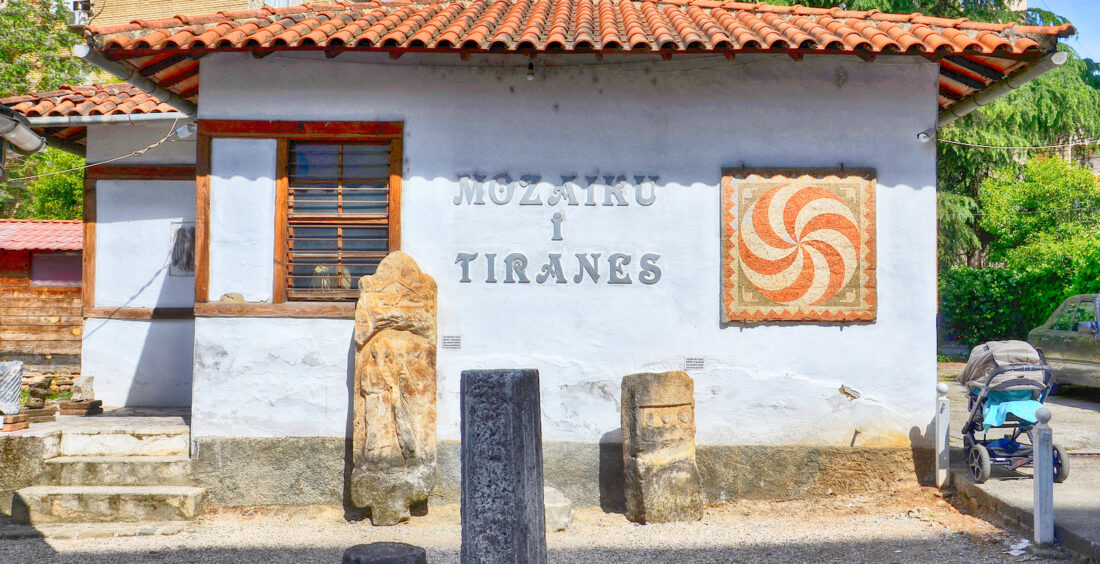


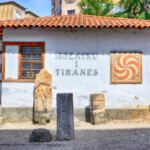
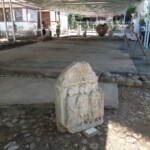
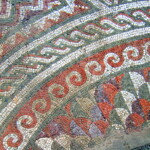
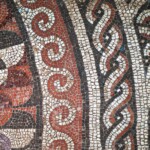
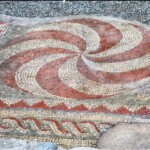

 Rruga e Elbasanit, Pallati nr. 111,
Rruga e Elbasanit, Pallati nr. 111,